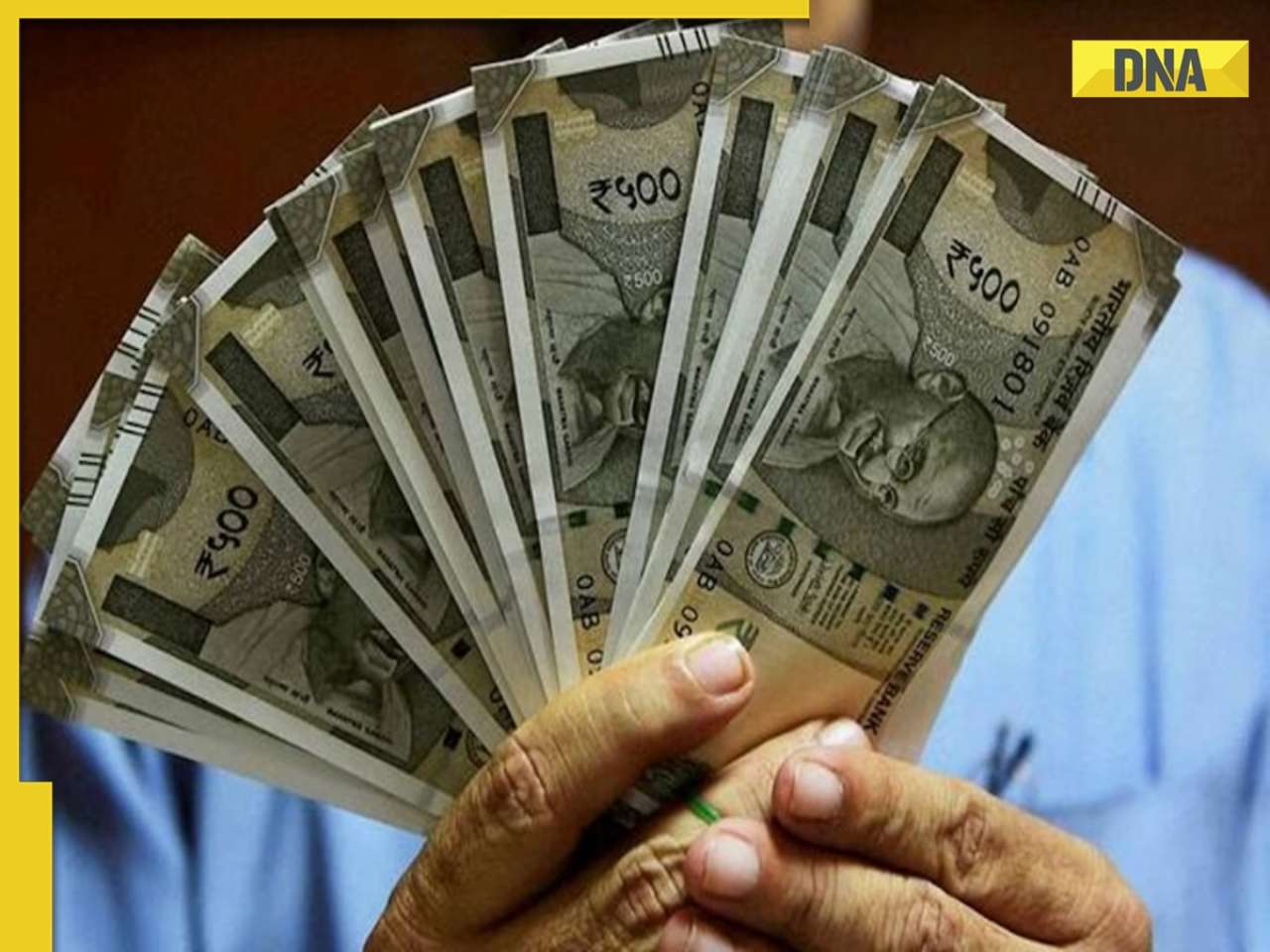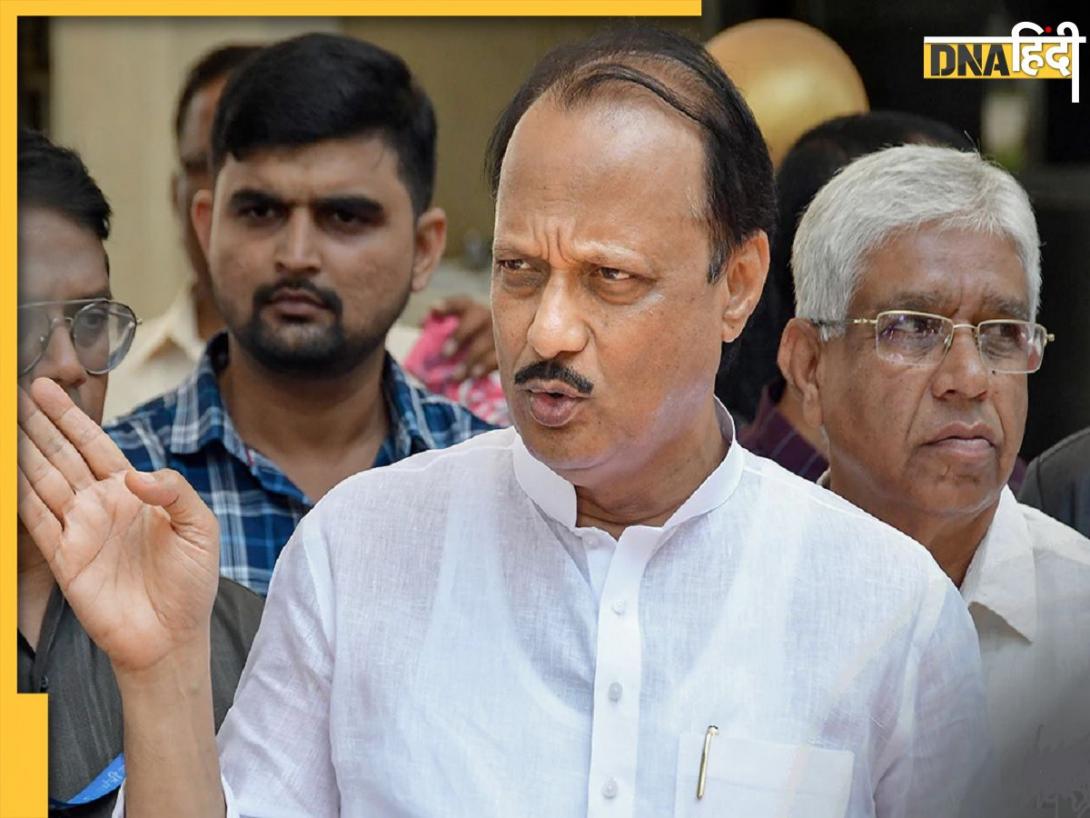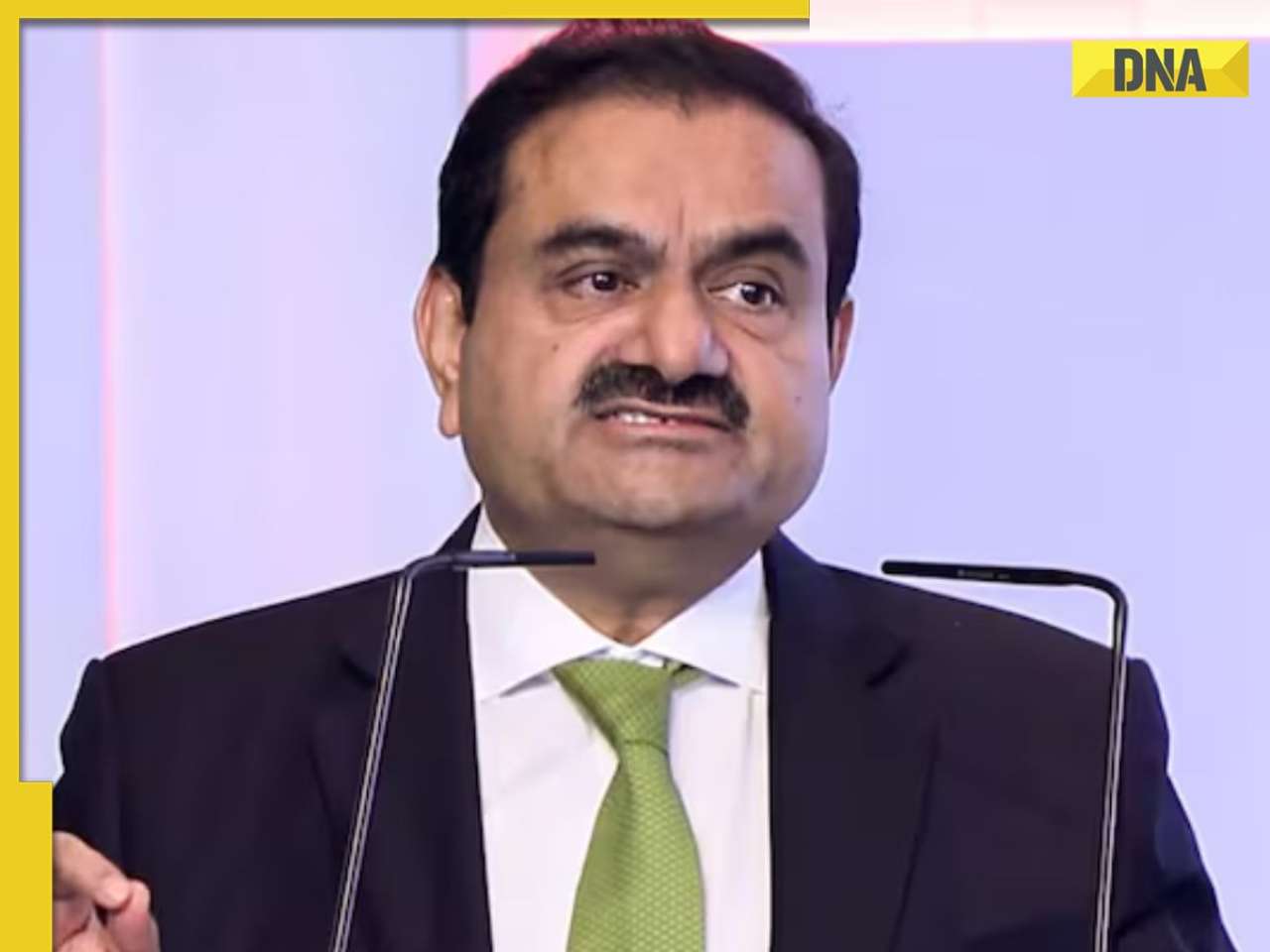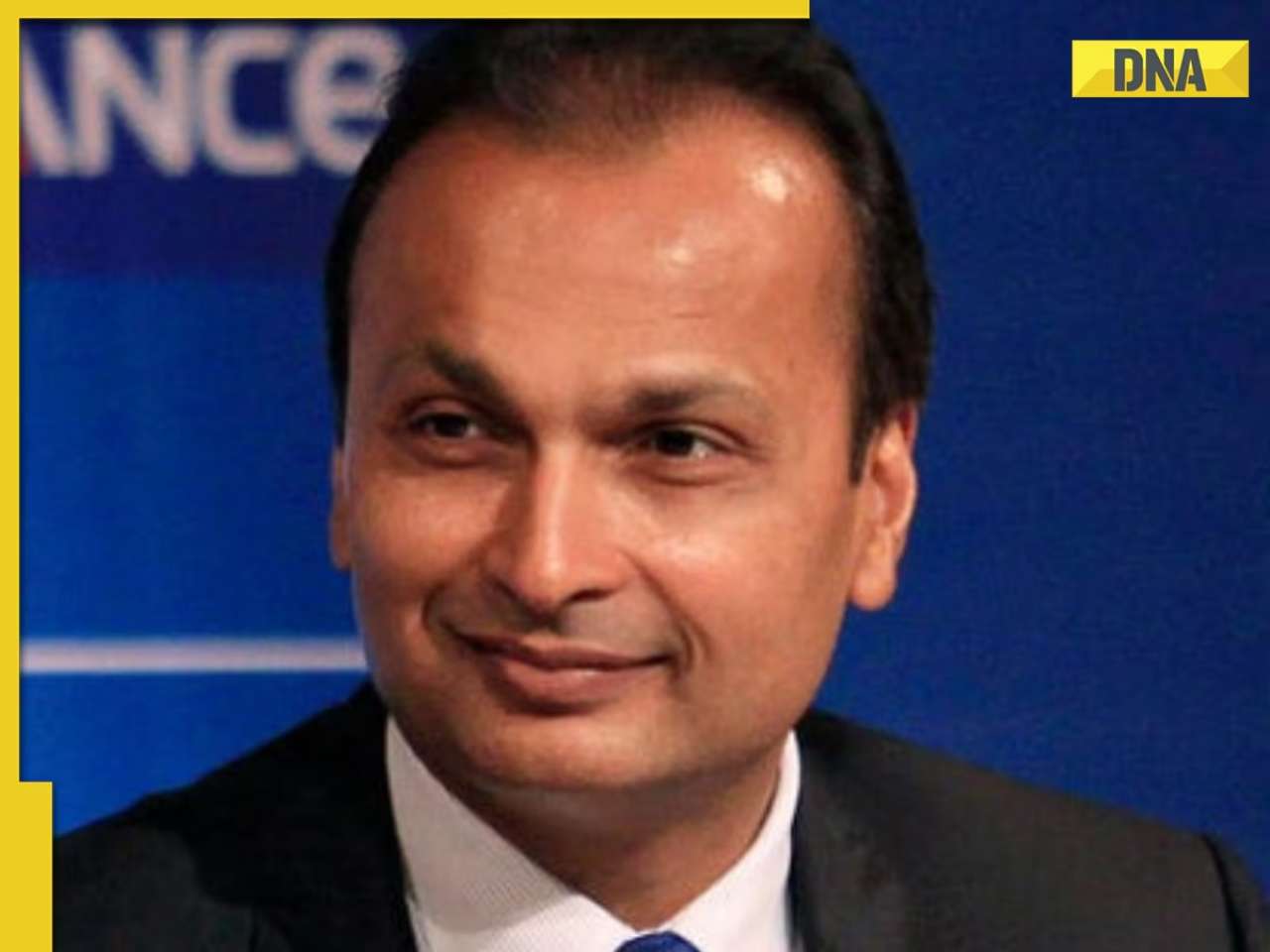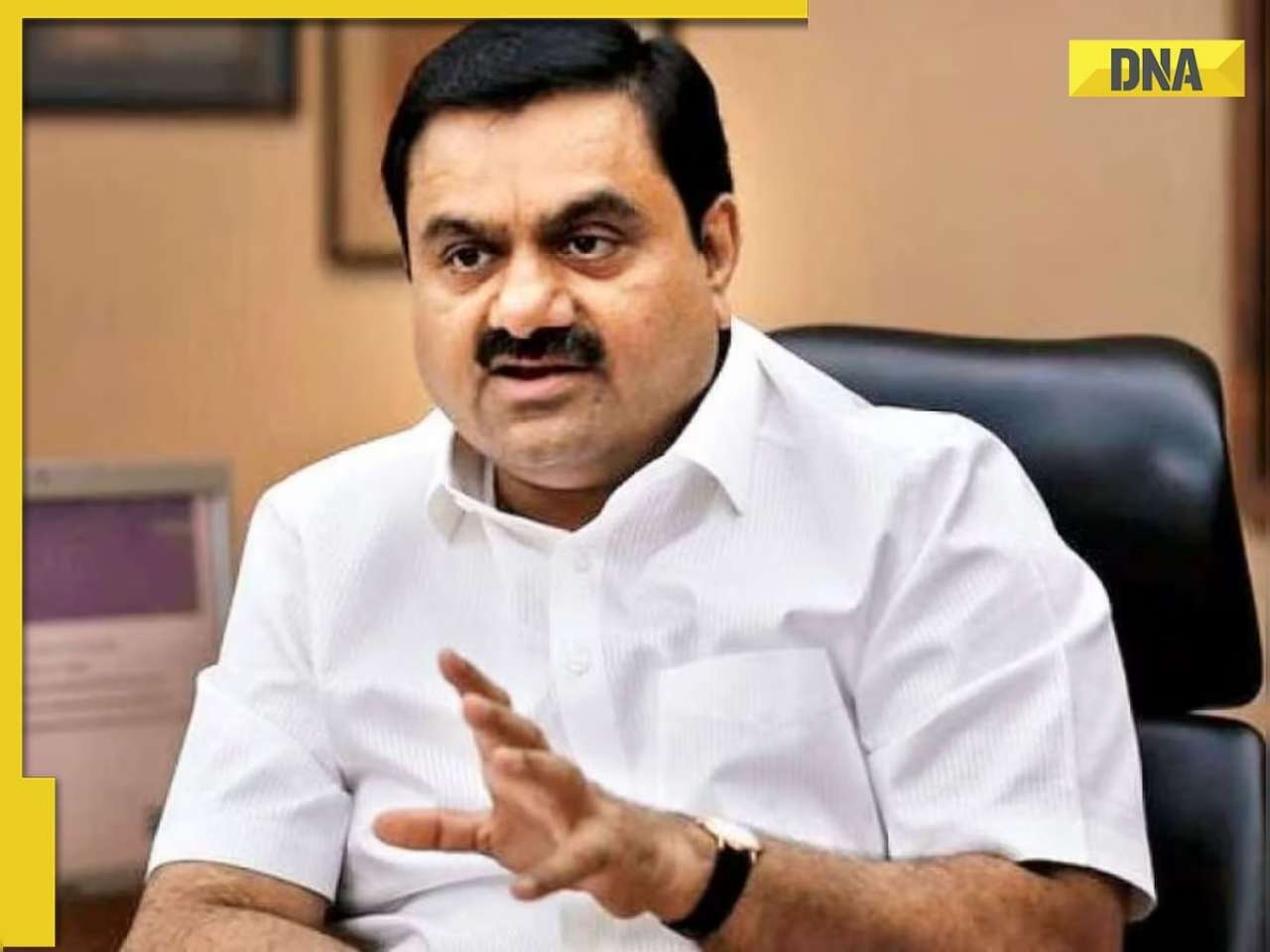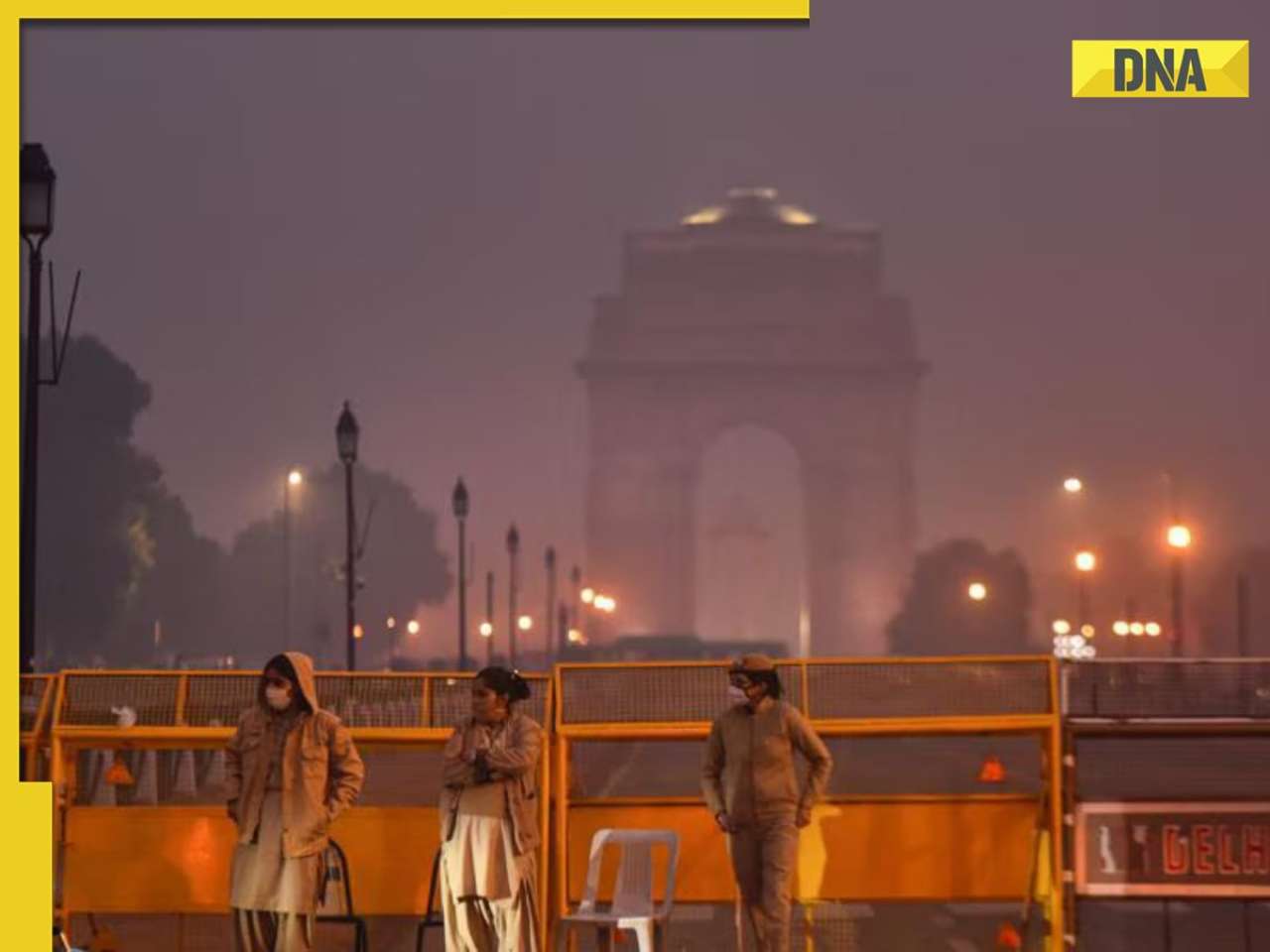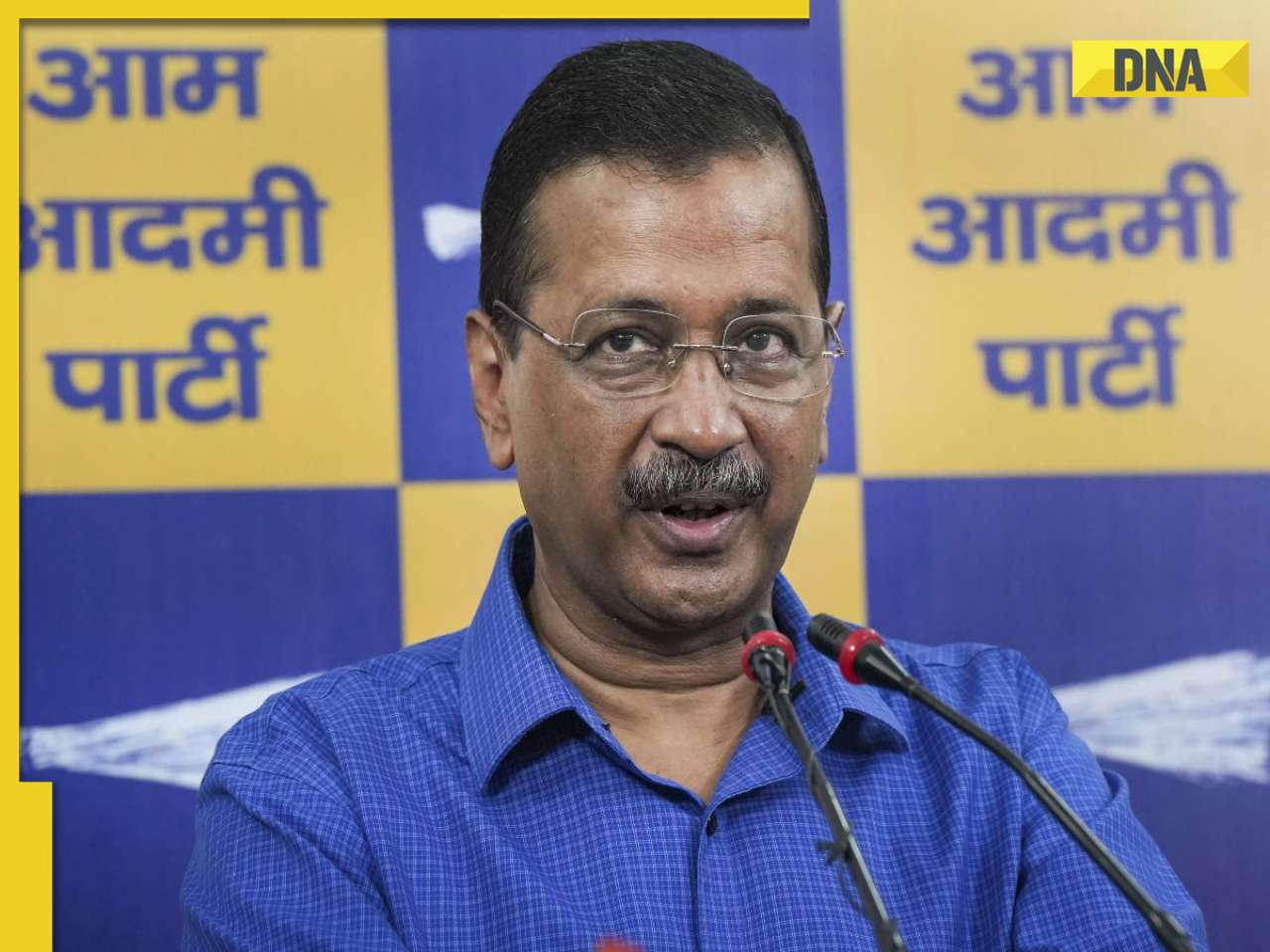- LATEST
- WEBSTORY
- TRENDING
LIFESTYLE
Independence Day 2022: History of the Indian flag and it's evolution since 1904- IN PICS
For the 76th anniversary of independence, we provide a comprehensive look at the history, meaning, and evolution of the national flag.
DNA Web Team | Aug 13, 2022, 08:20 PM IST
1.History of the Indian flag: 1904-1906
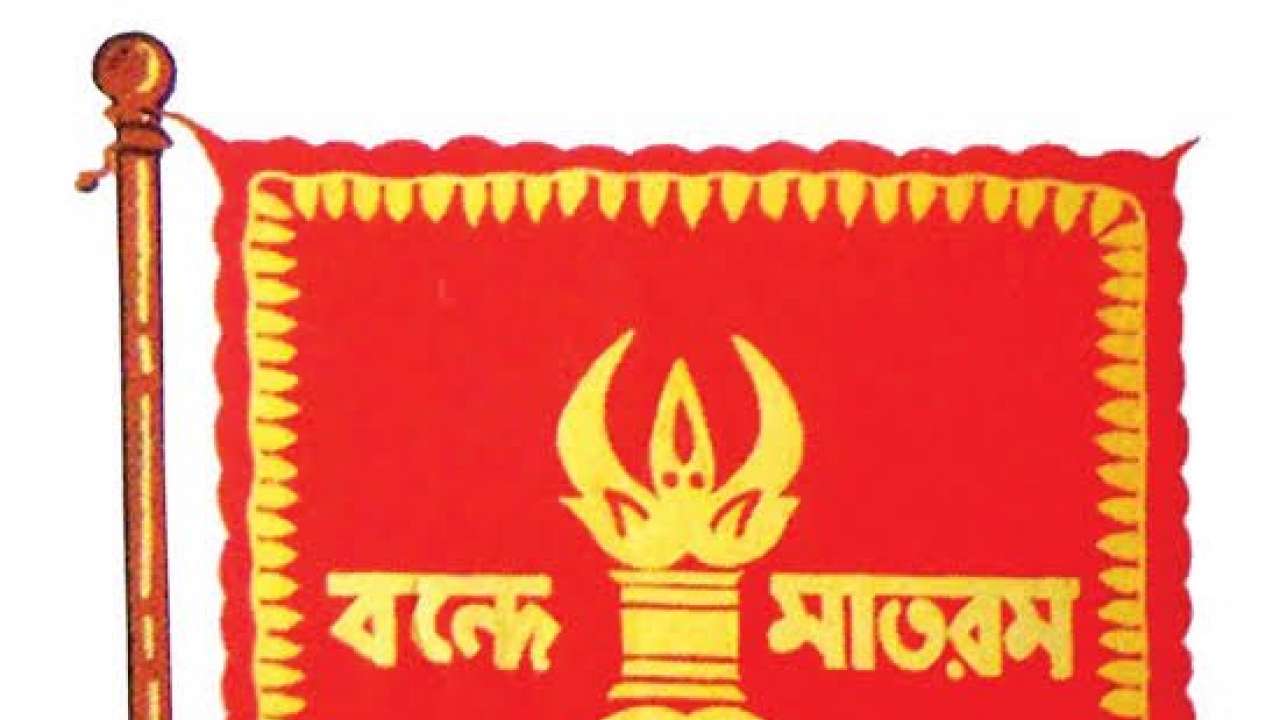
The first ever flag representing India. It is quite different from the present national flag. An Irish devotee of Swami Vivekananda, Sister Nivedita, conceived the idea. Red and yellow were used because they so vividly conveyed the mood. The Bengali words "Vande Mataram" were proudly displayed on the banner. It was a red and yellow flag with the word "Vajra" on it (weapon of God Indra). While the Vajra symbol represented authority, the triumphant combination of red and yellow indicated strength.
(Image Source: Twitter)
2.History of the Indian flag: 1906

The first tricolour was used for the Calcutta flag. The flag had a tricolour design, with equal-width horizontal bands of blue, yellow, and red. Eight stars of varying sizes and shapes were lined up along the top blue swatch. The words "Vande Mataram" were written on the yellow section, while a crescent moon and a star were depicted on the red stripe at the bottom.
(Image source: Wikimedia Commons)
3.History of the Indian flag: 1906-1907
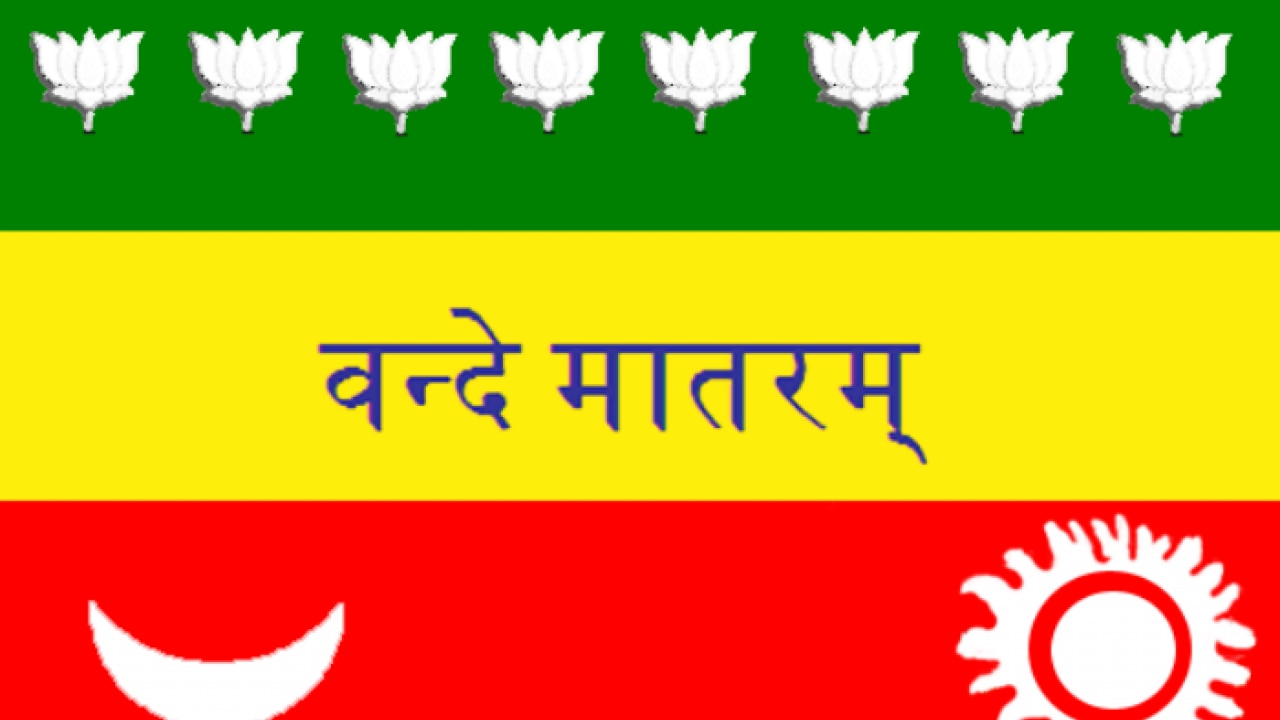
An additional flag was designed in 1906 and flown at Calcutta's (now Kolkata's) Parsee Bagan Square on August 7, 1906, as part of a protest against division. This tricolour was reportedly designed by Sachindra Prasad Bose and Sukumar Mitra. It had three vertical stripes of green, yellow, and red. The flag has the words "Vande Mataram" in the centre yellow stripe and eight lotus blooms in the top green band, which symbolise the country's eight regions. The sun was on the right side of the bottom band, while the crescent moon was on the left.
(Image source: Wikimedia Commons)
4.History of the Indian flag: 1907
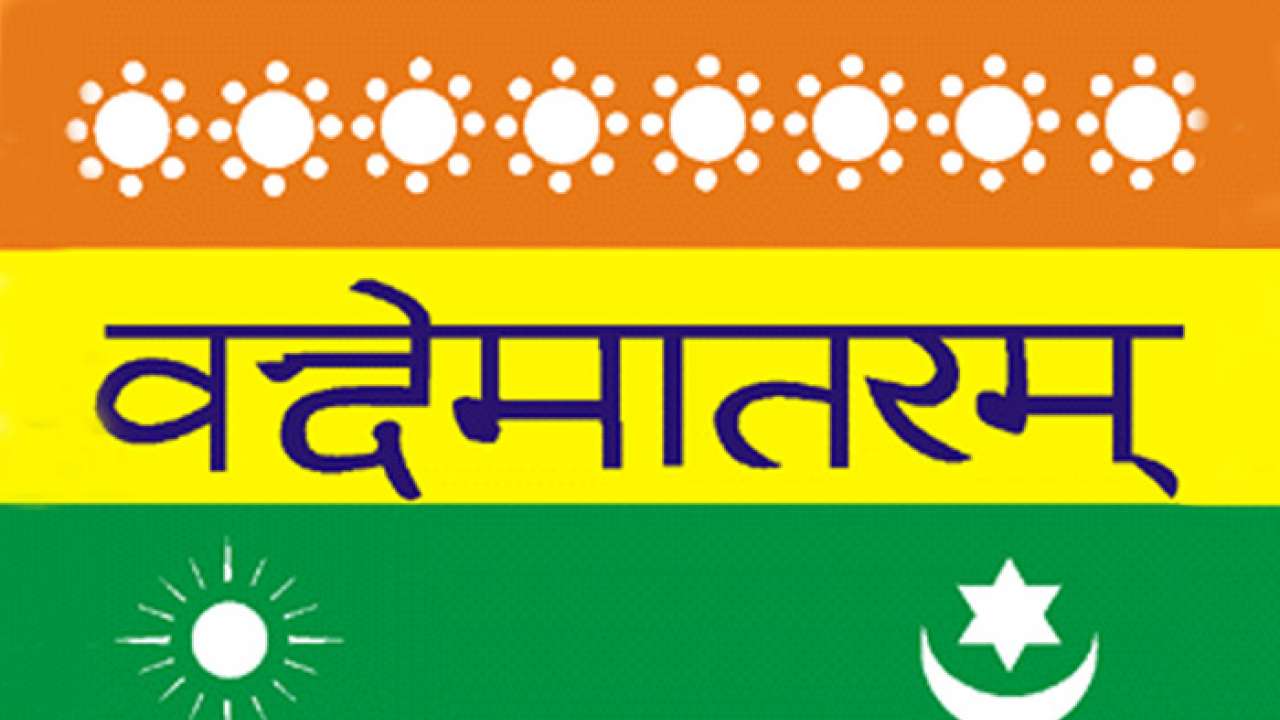
It was a joint effort by Bhikaji Cama, Vinayak Damodar Savarkar (Veer Savarkar), and Shyamji Krishna Varma to design the Berlin Committee Flag. Bhikaji Cama hoisted the banner for the first time outside of India on August 22, 1907, at Stuttgrat, Germany. For the first time, the saffron hue was represented on the multicoloured flag. On the orange highest band were the words "Vande Mataram" and eight lotuses. Symbols with a greenish hue at the bottom of the page stood in for the sun and moon.
(Image source: Wikimedia Commons)
TRENDING NOW
5.History of the Indian flag: 1917
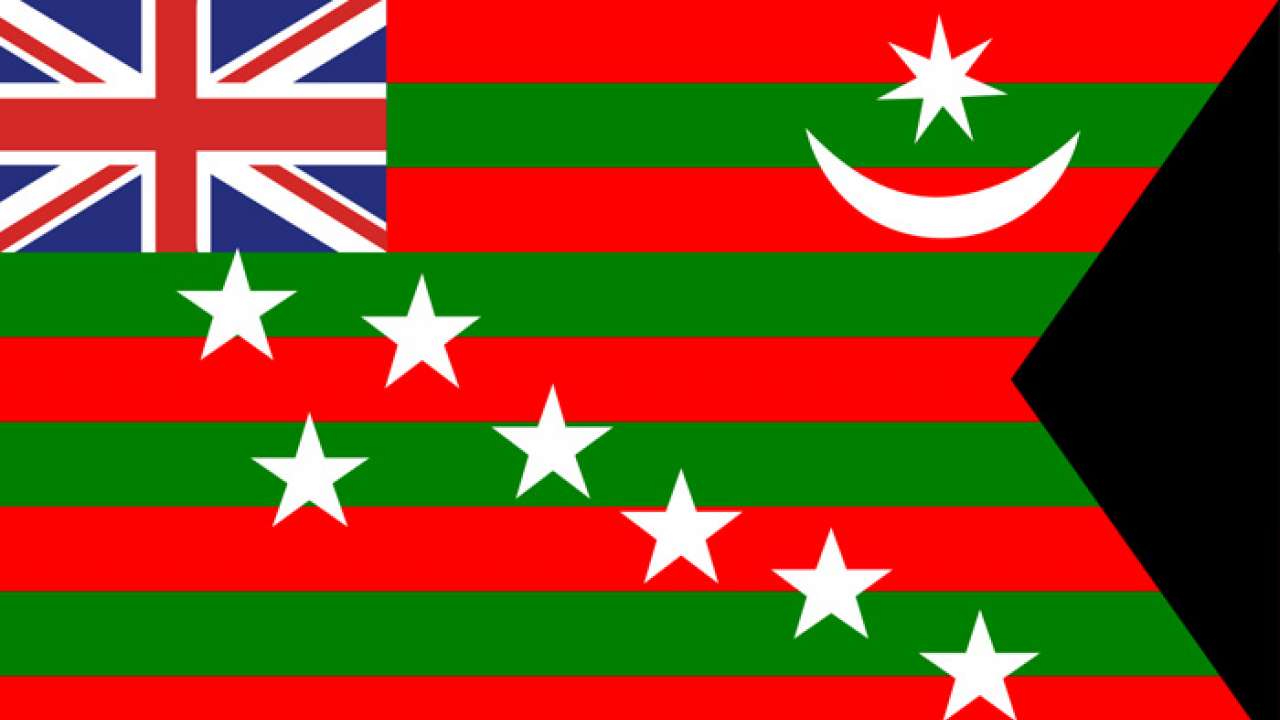
With the Home Rule Movement's goal of becoming a Dominion inside the British Empire, Bal Gangadhar Tilak suggested a new flag. The flag was red and green with the Union Jack in the top left corner, and it included seven stars in the centre. The constellation Saptarishi was used for the star placement. In the upper right corner of the flag was a constellation of stars and a crescent moon.
(Image source: Wikipedia)
6.History of the Indian flag: 1921
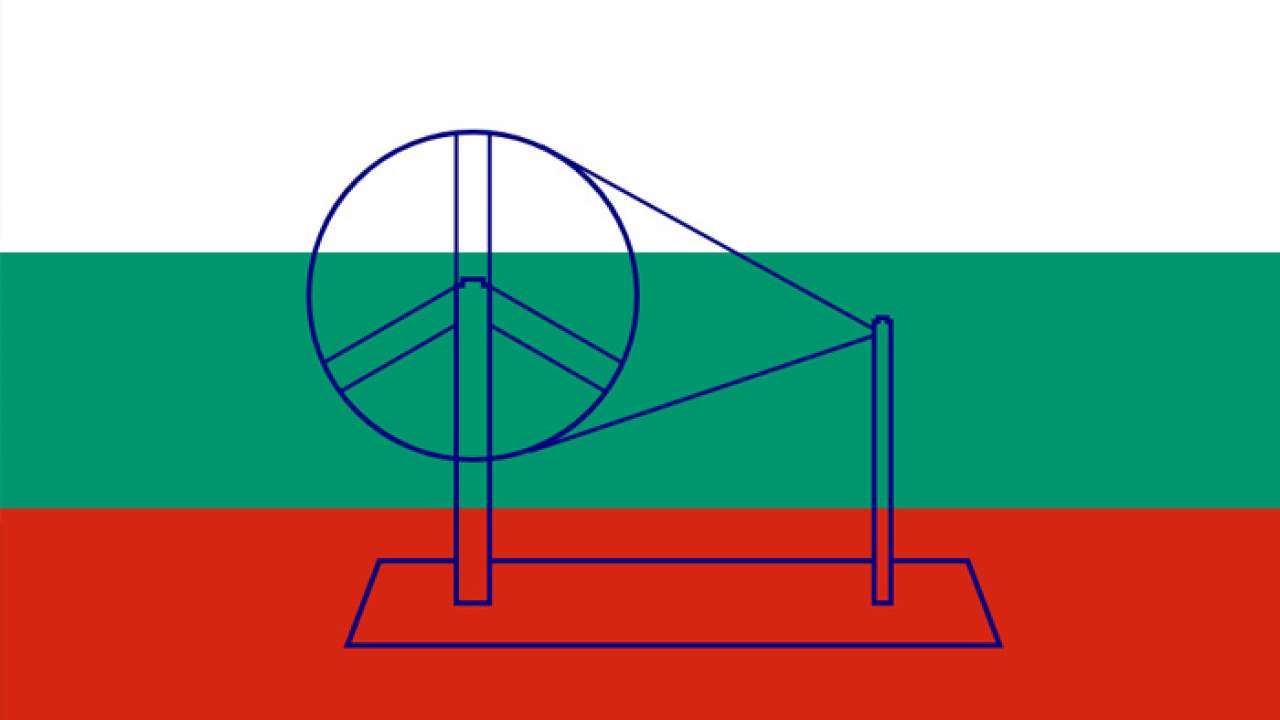
In 1921, Mahatma Gandhi proposed a tricolour flag with a spinning wheel, called a "charkha," in the centre. Symbolizing the nation's main faiths and encouraging religious harmony, the flag's colours were chosen for their significance. The flag's colour, however, was a point of contention, and more changes were demanded. The white at the top represented victory, the green in the centre represented hope, and the crimson at the bottom represented selflessness. The flag was first shown off during an Indian National Congress meeting in 1921.
(Image source: Wikipedia)
7.History of the Indian flag: 1931

The necessity for a flag that would be more welcoming to people of various political persuasions became apparent as communal tendency and its obvious consequences took front stage. The Indian national flag was altered once again to accommodate the wishes of various religious communities without jeopardising the banner's significance to the nation as a whole. This design deserves special recognition since it predates the others on the list. The original and oldest flag of what was then called India was entirely blue (British India). The previous flag was rejected by the populace and the authorities due to different interpretations of its meaning. The flag's new saffron, white, and green colour scheme is a departure from the previous design. It was created by Pingali Venkayya and was India's first official flag.
(Image source: Wikipedia)
8.History of the Indian flag: 1947

Soon after India's independence, a commission chaired by Dr. Rajendra Prasad was appointed to choose a flag for the newly independent nation. As the flag of independent India, the committee settled on a small modification to the Swaraj banner. In response, the modern American flag was designed. The "charkha" was replaced by the Ashoka Chakra. In addition, the original connotations of the colours were changed. The white band came to symbolise purity, tranquilly, and honesty; the green stripe represented faith, fertility, and wealth; and the saffron band represented valour and altruism. Applying dharma is symbolised by the Ashoka Chakra.






)

)
)
)
)
)









